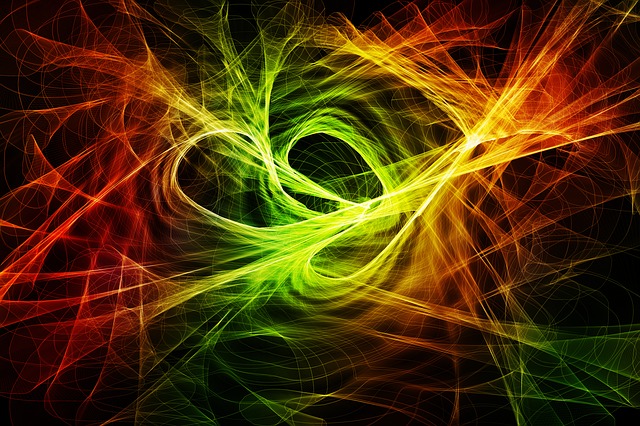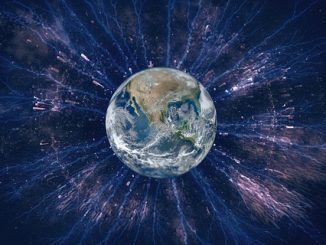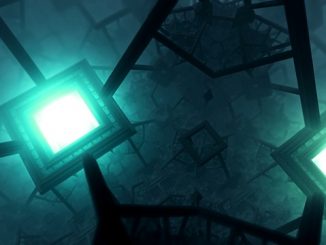
Photons — the fundamental particles of visible light — have been known to behave like particles in some instances, and like waves in others. And based on one of the most basic principles of quantum physics — quantum entanglement which says that when quantum particles are linked so closely together (or ‘entangled’), what affects one also affects the other — when photons are created in pairs, they originate from just single points in space. It seems we got that part wrong.
According to a study done by a team of researchers at the University of East Anglia (UEA) in the UK, entangled photons don’t necessarily have to come from a single location; they can just as easily originate from different locations.
Led by Professor David Andrews, the team was studying a process known as spontaneous parametric down conversion (SPDC) wherein photon beams are allowed to pass through a crystal to produce entangled photon pairs. In theory, for each pair of entangled photons produced, the combined energy and momentum is supposed to be equal to that of the corresponding annihilated photon. Both photons should also show ‘correlated polarization’.
When the photons produced share equal amount of the input’s energy, the process is referred to as degenerate down-conversion (DDC). Before this experiment, it was always assumed that such paired photons originate from the same spot.
As Prof. Andrews explained in a statement they issued: “…the identification of a new delocalized mechanism shows that each photon pair can be emitted from spatially separated points, introducing a new positional uncertainty of a fundamental quantum origin.”
So now it’s known that entangled photons may or may not come from the same location. Moreover, it also appears that paired photons can behave differently once they are separated, even if they are supposed to be entangled.
“The paired photons can emerge with separations in their origin of hundredths of a micron – despite being entangled, it is as if they were not even born close together in terms of atomic dimensions,” Prof. Andrews told New Atlas.
What does this unexpected discovery imply for the science world? At the very least, this means that designing of quantum computers — those super computers that can theoretically perform calculations and solve complicated problems faster than any conventional computer can — may have to be re-thought and reassessed because the basic premise about how photons are generated now appears to be wrong. In other words, the weirdness of quantum physics just got weirder. And the little we know about it just became even more uncertain.
Will quantum physicists be thankful about this new information, or will they consider it an unwelcome disruption? We’ll know when the first quantum computer is finally built as this discovery could potentially expedite the process, or slow it down.
The research was recently published in the journal ‘Physical Review Letters’ under the title ‘Nonlocalized Generation of Correlated Photon Pairs in Degenerate Down-Conversion’.
- Bulenox: Get 45% to 91% OFF ... Use Discount Code: UNO
- Risk Our Money Not Yours | Get 50% to 90% OFF ... Use Discount Code: MMBVBKSM
Disclaimer: This page contains affiliate links. If you choose to make a purchase after clicking a link, we may receive a commission at no additional cost to you. Thank you for your support!




You mean they don’t even know if this will help or hurt quantum computing. So in other words quantum computing is a fantasy land construction. Article says ” entangled pairs may also behave differently ” does this mean sometimes they are entangled in a way that disobeys locality and at other times no? If so then that would throw a monkey wrench into Bell’s Inequality ? no?
It all fits with phasing just thank starting point in sub phasing together but seperated in this space.